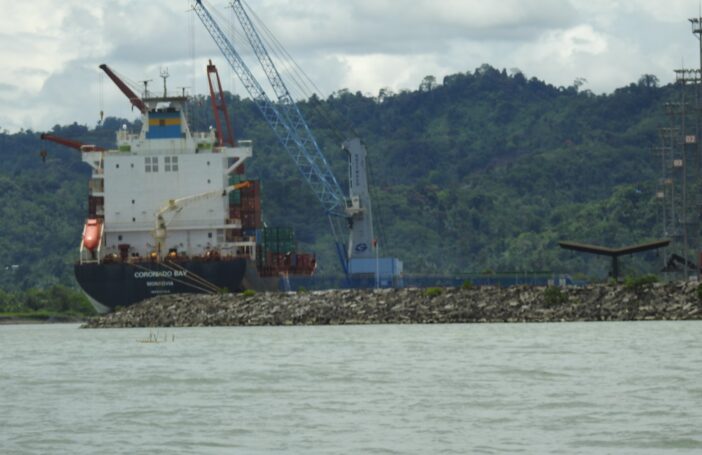Last week a report on infrastructure maintenance in the Pacific was launched at the Pacific Update held at ANU. Infrastructure maintenance in the Pacific: Challenging the build-neglect-rebuild paradigm was published by the Pacific Region Infrastructure Facility, a multi-donor partnership that includes AusAID, New Zealand MFAT, ADB, World Bank, the EU, and EIB. I was the lead author on the report, which can be found here [pdf – 170 pages; a 30-page summary document will be made available shortly on the PRIF webpage].
Infrastructure maintenance (or the lack of it) has been an interest of mine since I surveyed off-grid electrification systems in rural Fiji. In that research, I found an alarmingly large number of systems not working. The systems had not been adequately maintained. This was hardly an isolated case: the problem of inadequate maintenance of infrastructure has long been recognised and has been the subject of discussion in the IMF Public Expenditure handbook and in the academic literature. AusAID prepared a report on the infrastructure maintenance challenge in Pacific island countries in 1999.
The premature deterioration of infrastructure resulting from lack of maintenance has adverse consequences for Pacific islanders. The failure to maintain roads means that fewer people have access to health clinics and fewer children go to school. Poor maintenance of water reticulation systems results in higher prevalence of disease. Inadequate maintenance is also costly in a financial sense. A widely quoted figure for concrete structures is that for “every dollar of routine maintenance not performed, this ends up costing $5 in repairs, and ultimately, $25 in rehabilitation.”
Our report uses case studies to explore both good and bad maintenance practices in the region. It details the impact of (and reasons for) inadequate maintenance in Pacific island countries and PNG, emphasising the need to consider the liabilities created by new (often donor-funded) infrastructure. The report concludes with recommendations for addressing the maintenance challenge.



